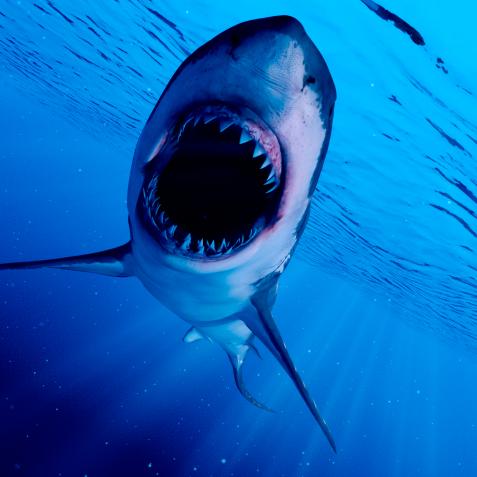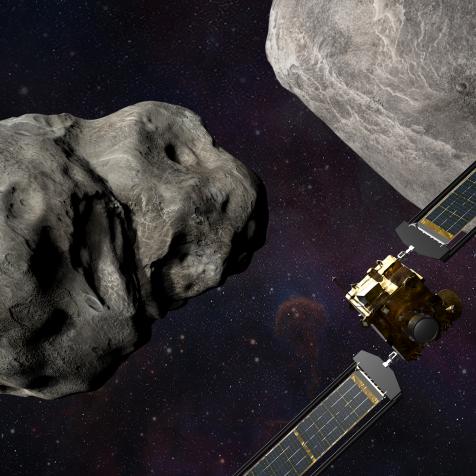
ANZE MALOVRH
NASA Astronaut Jeanette Epps Will Make History with Her Next Mission
It was announced this week that Astronaut Jeanette Epps will be added to NASA's Boeing Starliner-1 mission to the international Space Station. She will be the first Black astronaut to live on the ISS.
In an announcement on Thursday, August 27, NASA Administrator Jim Bridenstine assigned Jeanette Epps to an extended stay at the International Space Station (ISS) in 2021. She will be joining two other experienced astronauts, Sunita Williams and John Cassada as part of the ongoing NASA Commercial Crew Program.
This unprecedented assignment is special on many levels. It will be the first crewed flight of the Boeing Starliner-1 to the ISS, as well as the first time a Black astronaut has lived and worked on the ISS for a longer mission.
Epps has an impressive resume which includes a doctorate in aerospace engineering and time working as an engineer at the CIA. As a member of the 2009 NASA astronaut class, this will be Epps' first mission to space.
Discovery congratulates Astronaut Epps and we look forward to following her journey to the ISS.


















